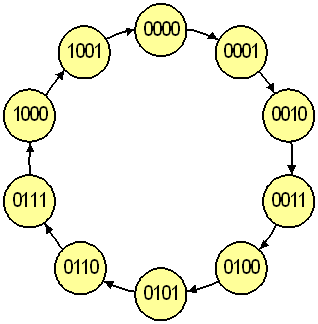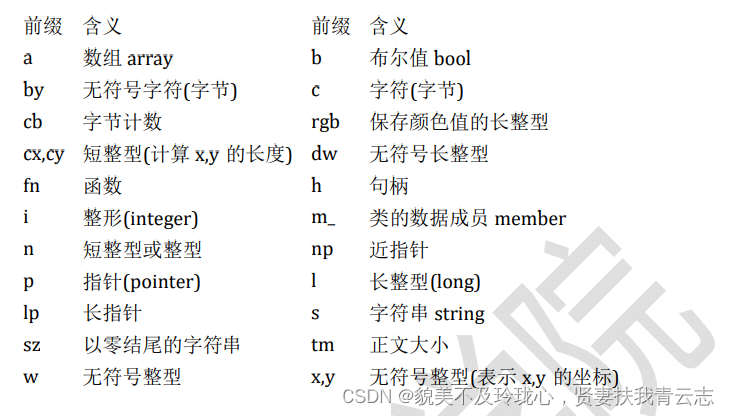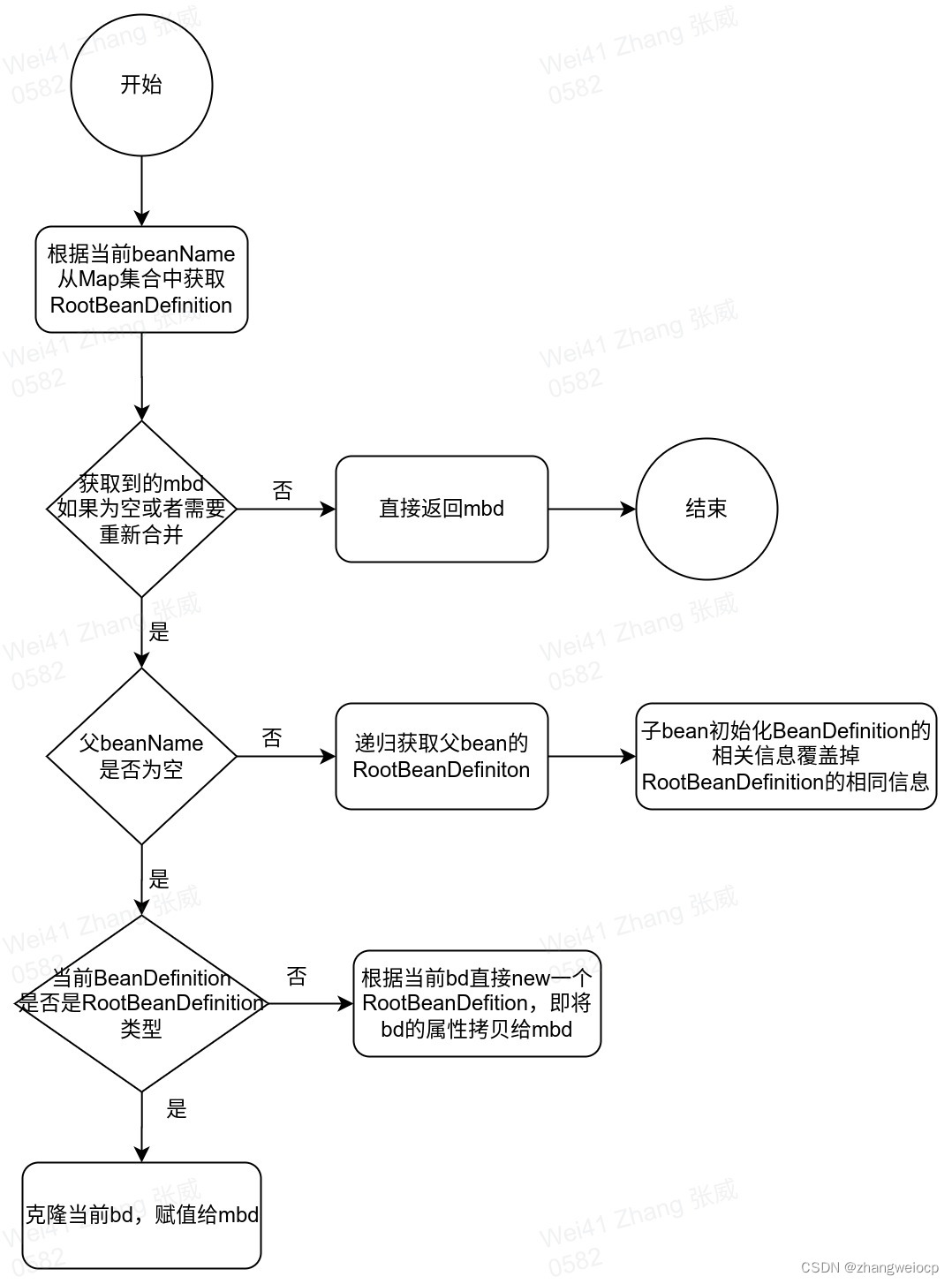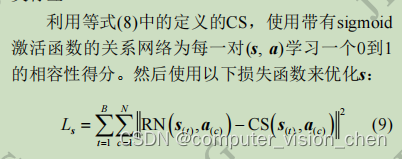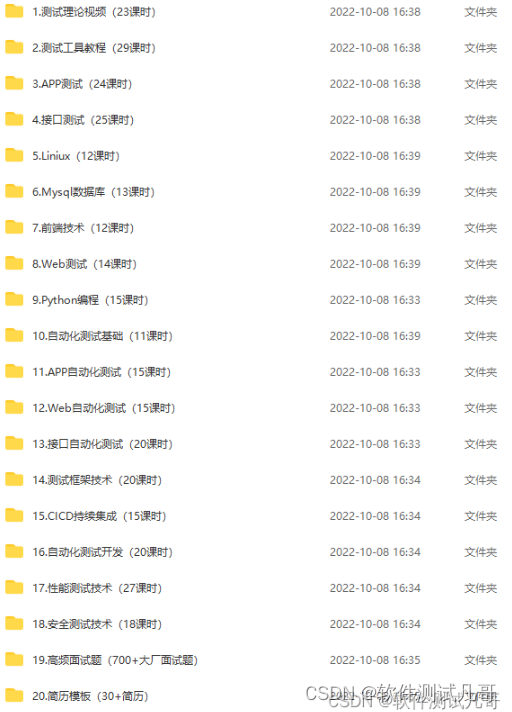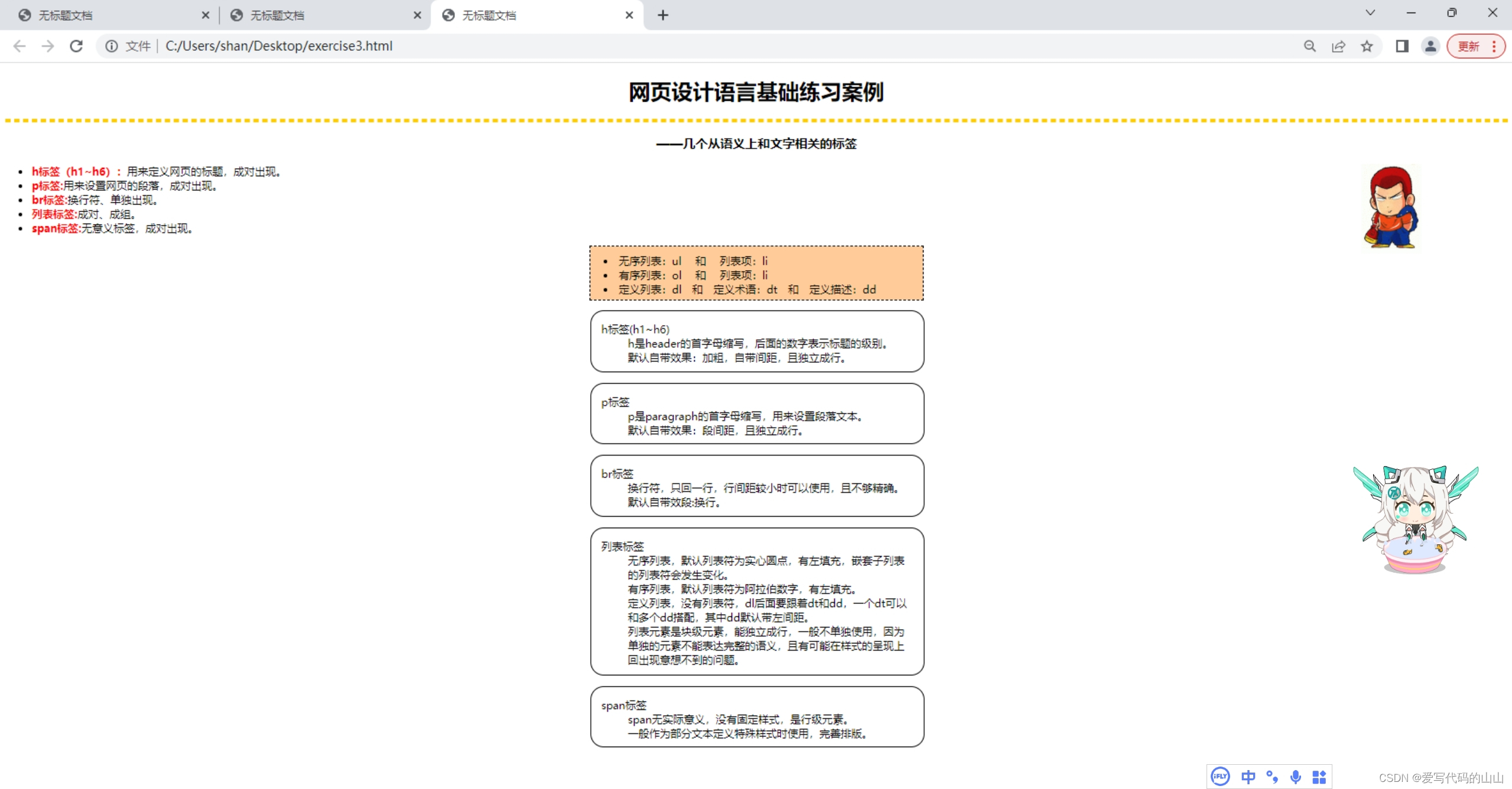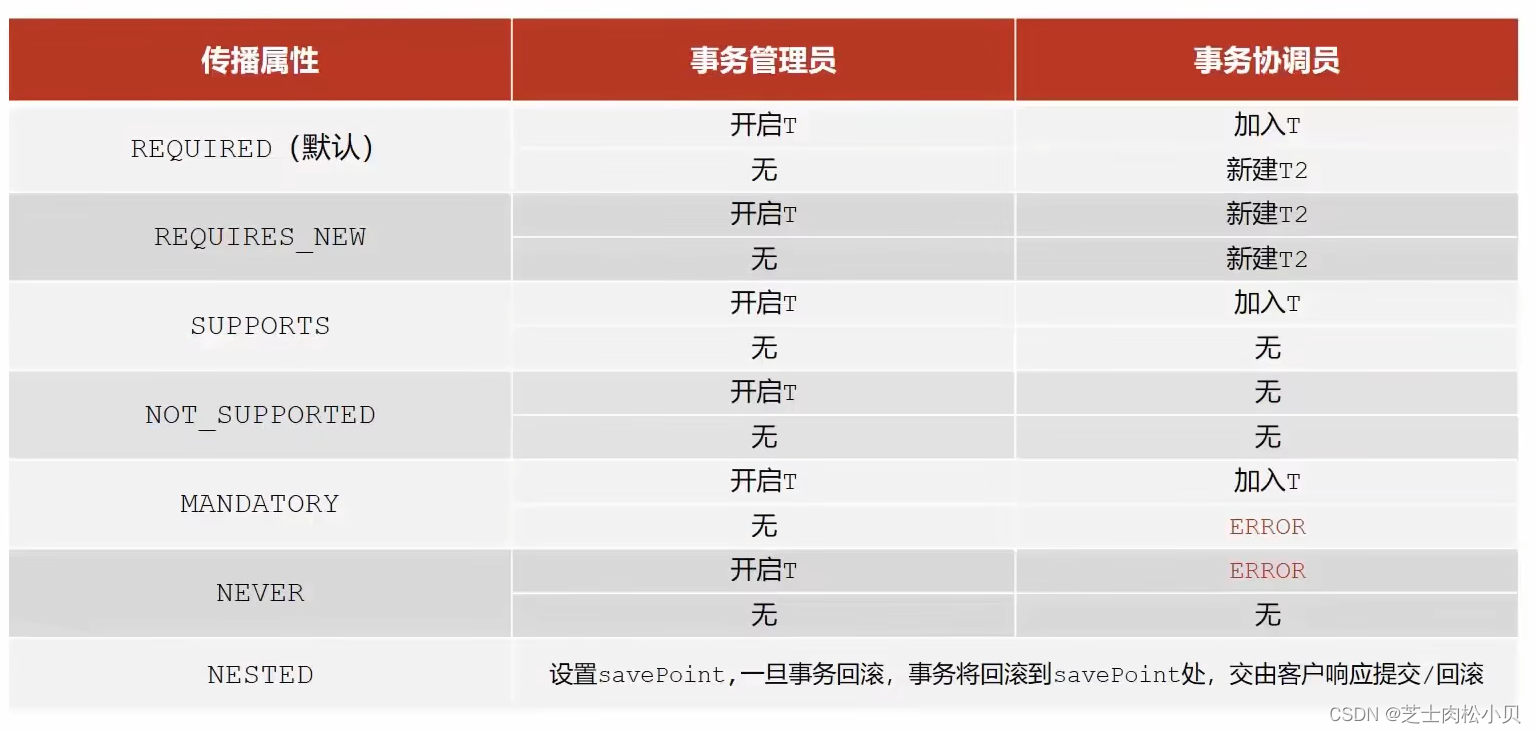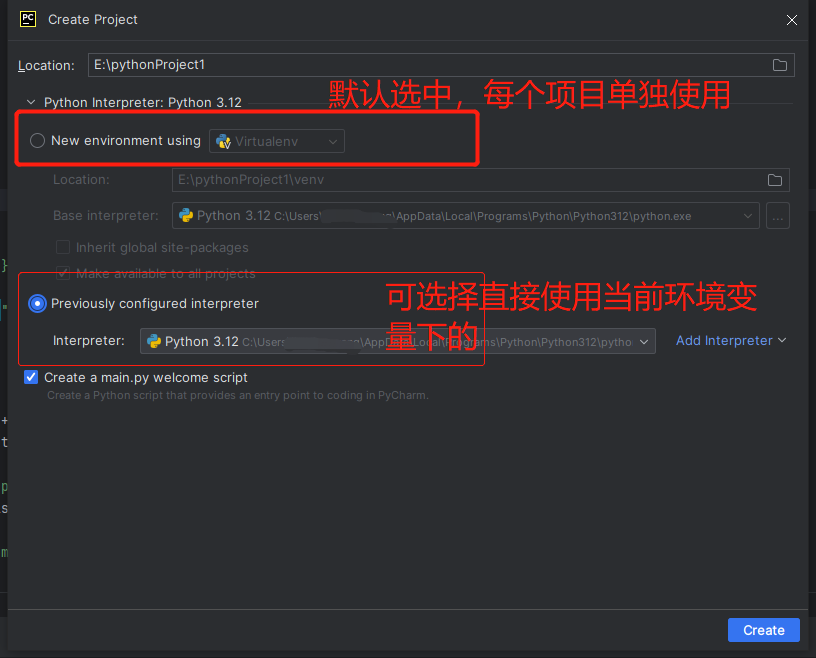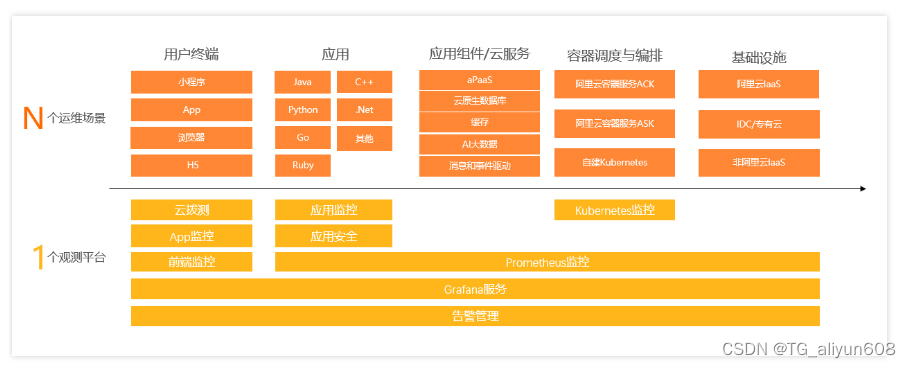
目录
Ⅰ. 实践说明
0x00 十进制计数器
0x01 有限状态机(FSM)
Ⅱ. 实践部分
0x00 4-bit 2421 十进制计数器
Ⅰ. 实践说明
0x00 十进制计数器
十进制计数器是一种以十进制运算的计数器,从 0 数到 9,然后返回 0 状态。由于它需要显示 0 到 9 的数字,因此它使用一个可处理 4 位以上的 flip-flop,并使用 码输出计数值。
| Up/Down Counter |
|
|
|
|
0x01 有限状态机(FSM)
有限状态机 (FSM) 是一种用于设计计算机程序和电路的数学模型。
FSM 由三个集合 以及两个函数
组成:
| I | 输入集合,有限状态机接受的输入符号的集合 |
| O | 输出集合,有限状态机产生的输出符号的集合。 |
| S | 状态集合,有限状态机可能处于的状态的集合。 |
| f | 下一个状态函数 F(I,S) |
| G | 输出函数: Moore model -> G(S) / Mealy model -> G(I,S) |
Ⅱ. 实践部分
0x00 4-bit 2421 十进制计数器
| 当前状态 Q | 后续状态 Q* | |
| input x=0 | input x=1 | |
| 0000 | 0000 | 0001 |
| 0001 | 0001 | 0010 |
| 0010 | 0010 | 0011 |
| 0011 | 0011 | 0100 |
| 0100 | 0100 | 1011 |
| 1011 | 1011 | 1100 |
| 1100 | 1100 | 1101 |
| 1101 | 1101 | 1110 |
| 1110 | 1110 | 1111 |
| 1111 | 1111 | 0000 |
💬 Design source:
`timescale 1ns / 1ps
module DC_2(
input reset,
input clk,
input x,
output z,
output [3:0]out
);
reg [3:0]out;
reg z;
always @(posedge !clk) begin
if(reset) begin
out[3] = 1'b0;
out[2] = 1'b0;
out[1] = 1'b0;
out[0] = 1'b0;
z = 1'b0;
end
else begin
if((x == 1'b1)) begin
out[3] <= (out[2]&(~out[1])&(~out[0])) | (out[3]&out[2]&(~out[1])&out[0]) | (out[3]&(~out[2])&out[1]&out[0]) | (out[3]&out[2]&out[1]&(~out[0]));
out[2] <= (out[3]&out[2]&(~out[1])) | ((~out[2])&out[1]&out[0]) | (out[3]&out[2]&out[1]&(~out[0]));
out[1] <= ((~out[3])&out[2]&(~out[1])&(~out[0])) | ((~out[3])&(~out[2])&(~out[1])&out[0]) | ((~out[3])&(~out[2])&out[1]&(~out[0])) | (out[3]&out[2]&(~out[1])&out[0]) | (out[3]&out[2]&out[1]&(~out[0]));
out[0] <= ((~out[3])&(~out[1])&(~out[0])) | (out[3]&out[2]&(~out[1])&(~out[0])) | (out[3]&out[2]&out[1]&(~out[0])) | ((~out[3])&(~out[2])&out[1]&(~out[0]));
if (out[3] && out[2] && out[1] && out[0]) z <= 1'b1;
end
end
end
endmodule💬 Testbench:
`timescale 1ns / 1ps
module DC_2_tb;
reg clk,reset,x;
wire [3:0]out,z;
DC_2 u_DC_2(
.clk(clk ),
.reset(reset ),
.x(x ),
.out(out ),
.z(z )
);
initial clk = 1'b0;
initial reset = 1'b1;
initial x = 1'b0;
always clk = #20 ~clk;
always@(reset) begin
reset = #50 ~reset;
end
always@(x) begin
x = #110 ~x;
x = #20 ~x;
x = #60 ~x;
x = #20 ~x;
x = #60 ~x;
x = #20 ~x;
x = #60 ~x;
x = #20 ~x;
x = #60 ~x;
x = #20 ~x;
x = #60 ~x;
x = #20 ~x;
x = #60 ~x;
x = #20 ~x;
x = #60 ~x;
x = #20 ~x;
x = #60 ~x;
x = #20 ~x;
x = #60 ~x;
x = #20 ~x;
end
initial begin
#860
$finish;
end
endmodule🚩 运行结果如下:

4 位 2421 十进制计数器是一个重复 0 至 9 的计数器,可以用 4 位来表示,但不同的是,0 至 4 与一般的十进制计数器相同,而 5 至 9 则用一般十进制计数器中的 11 至 15 表示。
当输入值 x 为 0 时保持当前状态,当输入值 x 为 1 时进入下一个数字。
在数到 9(1111)后,我们需要处理返回 0(0000)的问题。我们将其编写为下降沿触发器,模拟结果表明,每当时钟值从 1 下降到 0 时,x 的输入值就会反映在输出中。

📌 [ 笔者 ] floyd
📃 [ 更新 ] 2023.11.13
❌ [ 勘误 ] /* 暂无 */
📜 [ 声明 ] 由于作者水平有限,本文有错误和不准确之处在所难免,
本人也很想知道这些错误,恳望读者批评指正!| 📜 参考资料 Introduction to Logic and Computer Design, Alan Marcovitz, McGrawHill, 2008 Microsoft. MSDN(Microsoft Developer Network)[EB/OL]. []. . 百度百科[EB/OL]. []. https://baike.baidu.com/. |
